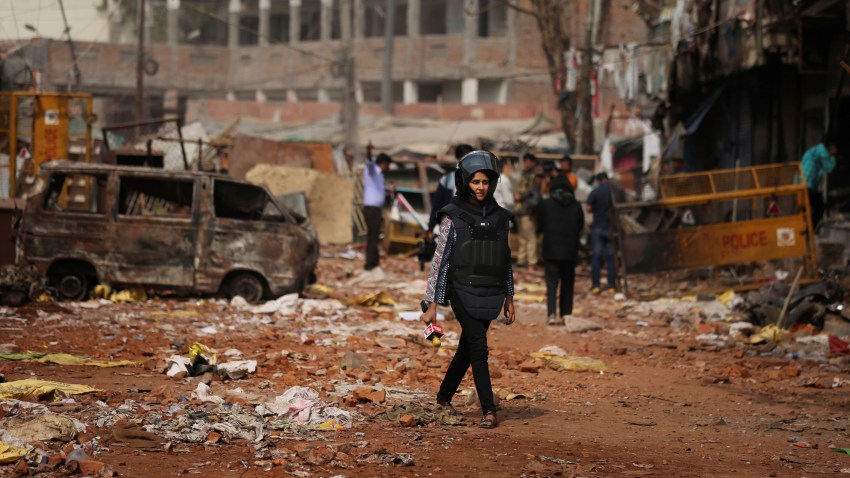Press freedoms in India are shrinking, according to a report released last year by the World Press Freedom Index, which ranked India at 150th among 180 nations, down eight notches from its position of 142 the previous year. The report called India “one of the world’s most dangerous countries for the media,” with journalists exposed to physical threats that include “police violence, ambushes by political activists and deadly reprisals by criminal groups or corrupt local officials.”
India’s government took issue with the report, seeking to refute its findings in Parliament. That’s par for the course for Prime Minister Narendra Modi’s ruling Hindu nationalist Bharatiya Janata Party, or BJP, which has been staunchly defensive whenever outside actors—whether think tanks or human rights groups—criticize the country’s press freedom and democracy rankings.
But even as the BJP government persists in its denial, a growing number of journalists now face punitive action, including criminal cases as well as threats of violence and harassment. Nowhere is this threatening atmosphere more evident than among the reporters who cover religion, far-right Hindu nationalism and communal violence, which is on the rise in India today.

